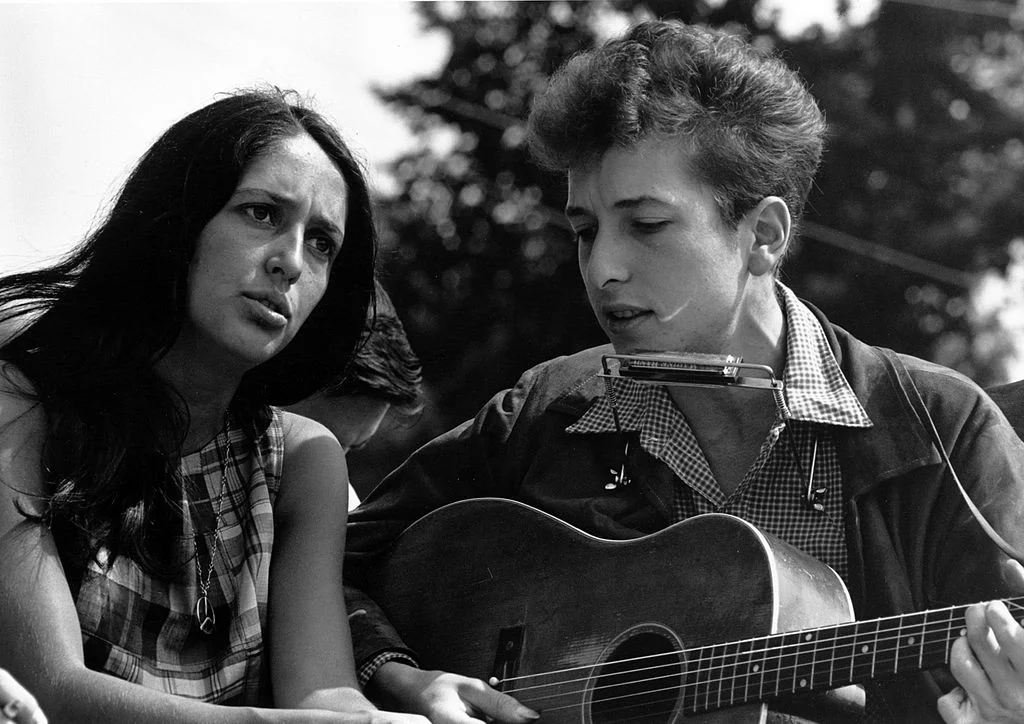Many musicians have an unhealthy fear of songwriting. The most common excuses I hear when I ask students why they aren't already writing songs are:
- I'm not good enough at guitar to write songs
- I haven't got anything good to write about
- I don't know how to write songs
First, let me clear up the first 2 points for you:
- There is no such thing as "not good enough" to write songs. Some of the best songs are written by musicians who have, at best, mediocre guitar skills. Skill can help in certain styles, but it's definitely not a prerequisite for writing songs.
- Don't just think about lyrics. Everyone approaches music differently, and I personally rarely write lyrics. Instead, I start writing songs based on the feeling, the mood, whatever takes my interest. If you don't have a theme in mind yet, that's fine - just start writing what you enjoy playing and worry about words and lyrics (if they're even necessary) later.
Now, I'm going to help you get started writing your own chord songs with the help of a little music theory that almost guarantees you'll come up with a decent song, first time.
Step 1: Choose your key
A key cuts back the 12 notes in western music back to just 7.
You're going to write your song using just these 7 notes, by stacking them up into chords.
Sound scary? Don't worry - all you really need to do is pick a key, work out which chord shapes are used in that key and you're ready to start writing. Here's 2 easy keys to get started with:
C Major: C - Dm - Em - F - G - Am - G#o (don't worry if you don't know how to play the diminished chord - it's rarely used in modern music).
G Major: G - Am - Bm - C - D - Em - F#o
Plenty of Bob Dylan songs were written in G major - nice and simple to play on the guitar.
Step 2: Try out some chords from your key and see how they sound
This is the fun bit! Just start experimenting with the chords until you find some combinations you like.
For example, in C Major, I might choose to go C - Em - F - G, then repeat it.
But don't stop at one chord progression. Get your pen and paper out (or computer) and write down everything you come up with. The more ideas you have, the more likely you are to find one you love.
Remember that this should be an easy step, because you can randomly choose any of these chords in the key and they are guaranteed to go together (by some musical witchcraft known as "diatonicism").
The challenge is in finding the one you really like, but that rarely happens right away, so no matter how bad you think your first chord progression is, force yourself to write it down and jump into the next one!
Remember if there is one chord you don't like the sound of, experiment by swapping it with each of the other chords in the key. 99% of the time, the chord you're looking for will be there waiting to be discovered in the key!
Finally, if you're comfortable with power chords, remember that all major and minor chords can be substituted with a power chord instead for a more rock/metal feel.
Step 3: Get yourself a strumming pattern or arpeggio rhythm
Chords alone don't make a song. It's all about how you play them and the song style you're after!
If you're after a rock ballad sort of sound, go with an arpeggio picking pattern. Don't stress about getting it exact to begin with, just work out the feel you want.
If you want a more upbeat folk style song, work out a good pace and just start strumming.
Finally, if you've got the skills, you can alternatively start throwing in some variation chords here and there (maybe swap that D for a Dsus2, or play every second C as a Cmaj7).
The key is to experiment, so I'd recommend recording yourself throughout this process instead of writing it down (unless you're an expert at rhythm notation or GuitarPro, but even then, I encourage you to use your ears rather than your numbers). A phone is fine for this purpose - you don't need CD quality takes.
Step 4: Put it all together!
The often challenging but always rewarding task of putting all of your disparate ideas into one cohesive song may take a while, but you can always look for inspiration from your favourite songs.
If you're writing a pop song, you'll need a Verse, Chorus and a Bridge. These could all be the same chords with different rhythms (or even the same rhythms) or they could be different chords, possibly in a different key.
You'll realise why it's great to have a pool of ideas to draw from in this step, as that chord progression you loved yesterday may just be problematic in your final song. Lucky you have 3-4 other similar ideas to try out instead!
Remember, songwriting is a musical skill like any other. You won't get better unless you practice it.
So get writing, and don't be afraid to share the results on stage, online or just play it for your friends and family!




